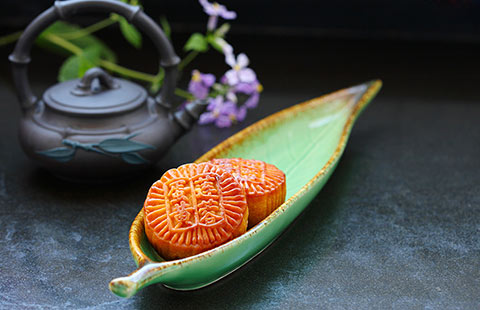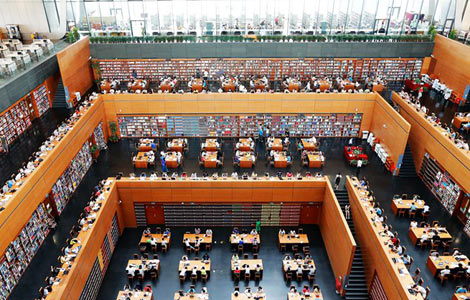Chinese culture permeates fabric of British society
Updated: 2015-10-21 10:50
(Xinhua)
|
|||||||||||
 |
|
Chinese tea. [File photo] |
Chinese influence in Britain is notable from the late 17th century onwards as wealthy Britons and a growing middle class provided a demand for Chinese goods such as porcelain and commodities such as tea.
Chinese culture travelled to Britain, as it did to other parts of Europe, through trade. Europe's first Chinatown was set up in the northern port city of Liverpool in the early 19th century, and reasonably large and successful Chinatowns are now features of many larger British cities such as Birmingham, Glasgow, Manchester, London, and Leeds.
Their success over the decades since the World War II, which has been the period of strongest growth for these Chinatowns, is built on the skill of native Chinese in identifying and meeting an apparently non-existent market for Chinese things, and developing it.
These uniquely Chinese characteristics which draw Britons to Chinatowns include, of course, food - ranging from cheap and cheerful noodle houses to expensive and luxurious restaurants.
They also include martial arts, calligraphy, foodstuffs such as tea and dry noodles, literature in translation and in recent years movies, particularly martial arts films, traditional Chinese clothing, and Chinese health remedies such as acupuncture and massage.
Dr Lu Xiaoning, a lecturer in modern Chinese culture and language at SOAS, University of London, told Xinhua on Monday, "Chinese culture has permeated the fabric of our daily lives in the UK to an extent which is more than we are aware of. We are not only interested in being exposed to Chinese culture (trying Chinese cuisine, travelling to China, and so on) but also are serious about learning Chinese culture."
Related Stories
Fish and chips on Xi's British wish list 2015-10-19 15:18
Queen Elizabeth's colorful outfits 2015-10-19 10:07
Chinese tourists to Britain sets record with promising future 2015-10-18 11:18
Autumn sees a myriad of colors across Britain 2015-10-16 06:00
China joins hands with UK for arts exchange 2015-08-05 07:51
Today's Top News
Xi tells UK parliament of 'first achievements'
Chinese students out in force to greet President Xi
Xi's visit to unlock $46 billion in commercial deals
Xi touches down in London
UK hailed for closer relations with China
Chinese president leaves for visit to Britain
UK visit to set course for ties, says Xi
Full text of Reuters' Q&A with Chinese President Xi
Hot Topics
Lunar probe , China growth forecasts, Emission rules get tougher, China seen through 'colored lens', International board,
Editor's Picks

|

|

|

|

|

|






